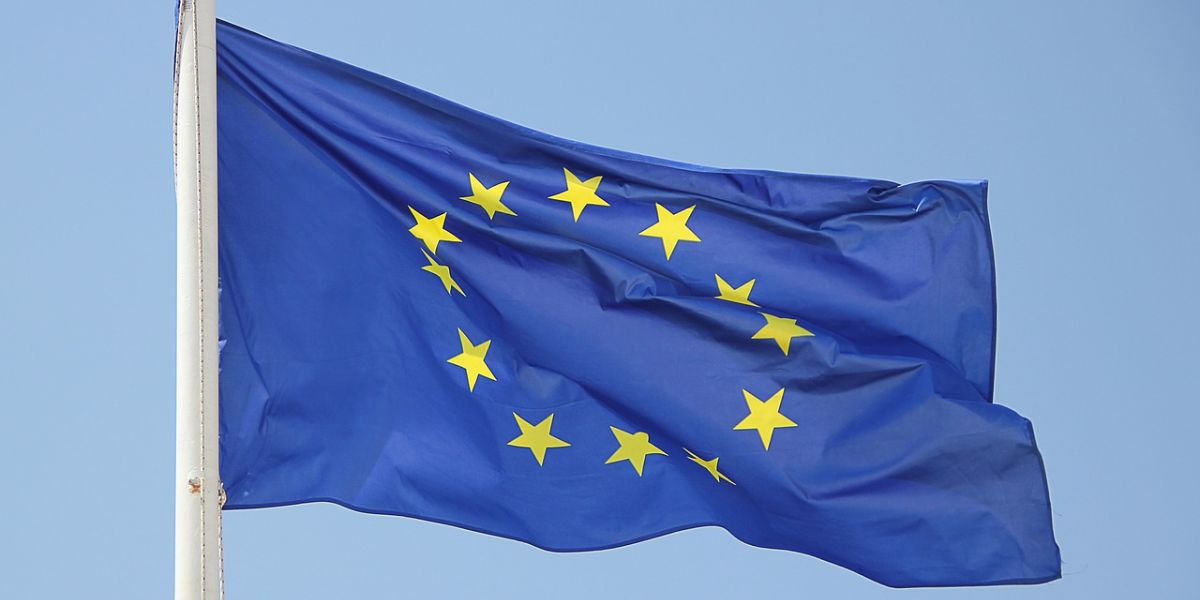The Council of the EU announced on 14 April 2025 the formal adoption of changes to the Directive on administrative cooperation in taxation (Directive 2011/16/EU) to simplify filing obligations under the Pillar 2 Directive (DAC9).
The directive (DAC9) will extend cooperation and information exchange in the area of minimum effective corporate taxation.
DAC9 complements the Pillar 2 Directive (Directive (EU) 2022/2523) by streamlining filing obligations for multinational enterprise groups (MNEs) that are within its scope. DAC9 introduces a centralised framework for the exchange of the information contained in those filings.
In doing so, DAC9 brings about significant simplification for business, as it enables MNEs to file only one top-up tax information return, at central level, for the entire group, as opposed to multiple filing being made by each constituent entity of the MNE group, at local level.
This simplification is largely expected to be the main tool used by MNEs to comply with their filing obligations under the Pillar 2 Directive. DAC9 is therefore highly welcome in the context of the ongoing Commission’s efforts to rationalise reporting obligations and to reduce burden on EU businesses.
The rapid adoption of DAC9 emphasises the strong commitment of all Member States to ensuring the seamless implementation of Pillar 2.
The objective of this directive is to put into operation specific provisions of the Pillar 2 Directive that implemented in the EU the G20/OECD global agreement on international tax reform.
This international deal was reached to limit the race to the bottom in corporate tax rates, reduce the risk of tax base erosion and profit shifting and ensure that the largest multinational groups pay the agreed global minimum rate of corporate tax.
The Pillar 2 Directive ensures that profits of the largest multinational and domestic groups or companies (with a combined annual group turnover of at least €750 million) are taxed at a minimum effective rate of 15%.
More transparency and simplified reporting
DAC9 updates the existing EU’s directive on administrative cooperation (DAC) by expanding tax transparency rules. It simplifies reporting for large corporations by enabling central filing a top-up tax information return (TTIR), i.e. one company files for the whole group concerned, instead of local filin,g i.e. each company files separately. It introduces a standard form for filing the TTIR across the EU, in line with the one developed by the G20/OECD’s Inclusive Framework on Base Erosion and Profit Shifting (BEPS).
DAC9 also extends the framework for automatic exchange between member states to cover TTIR.
Next steps
The DAC directive will enter into force the day after its publication in the Official Journal of the European Union.
Member states will have to adopt and publish, by 31 December 2025, the laws, regulations and administrative provisions necessary to comply with this directive. The first top-up tax reporting is due by 30 June 2026.
Countries opting to delay the implementation of the Pillar 2 Directive are still required to transpose DAC 9 by the same deadline.
Background
The DAC9 directive was proposed in 2024 by the Commission, in order to put into operation specific provisions on top up tax information return set out in Council Directive (EU) 2022/2523 of 15 December 2022 on ensuring a global minimum level of taxation for multinational enterprise groups and large-scale domestic groups (the Pillar 2 Directive).
The Pillar 2 Directive transposed to EU law a landmark agreement on international tax reform, reached by the G20/OECD Inclusive Framework on Base Erosion and Profit Shifting (BEPS).
Earlier, the European Parliament was consulted on the proposal for the DAC9 and issued its opinion on 12 February 2025.
Later, the Council at a meeting of the Economic and Financial Affairs Council (ECOFIN), on 11 March 2025, reached a political agreement on a further amendment of Directive 2011/16/EU on administrative cooperation in the field of taxation (DAC9).













